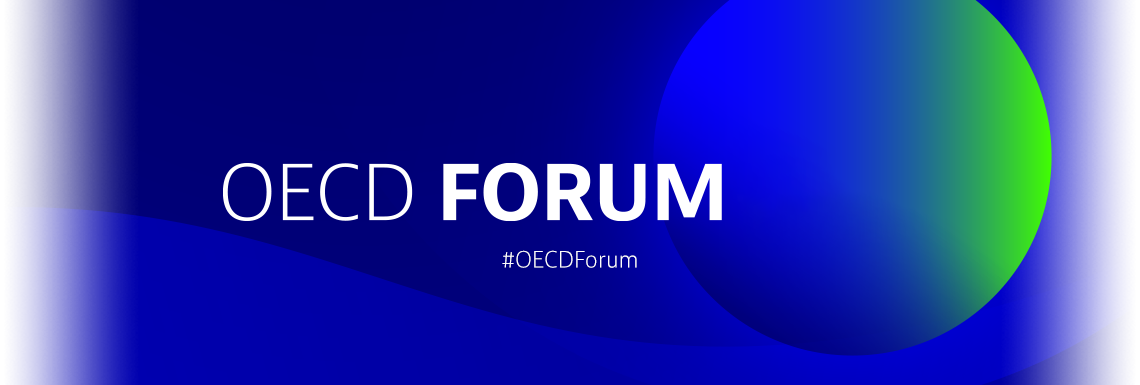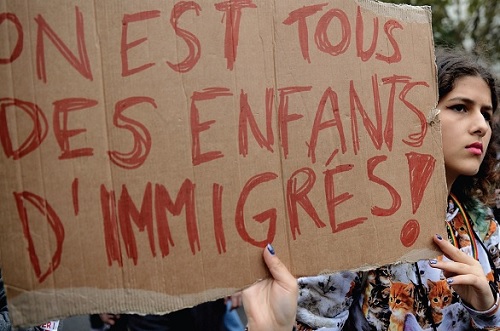Understanding the battle against extremism
|
Whoever has a hammer sees every problem as a nail. Those in the security business tend to see the answer to radicalism and terrorism in military might, and those in the financial business in cutting flows of money. So it is only natural for educators to view the struggle against radicalism and terrorism as a battle for hearts and minds. But the recent terrorist attacks in Europe have brought home that it is far too simplistic to depict extremists and terrorists as victims of poverty or poor qualifications. More research on the background and biographies of extremists and terrorists is badly needed, but it is clear that these people often do not come from the most impoverished parts of societies. Radicals are also found among young people from middle-class families who have ticked all the boxes when it comes to formal education. And ironically, those terrorists seem to be well equipped with the entrepreneurial, creative, global and collaborative social skills that we often promote as the goal of modern education. But that’s no reason to give up on education as the most powerful tool for building a fairer and more humane and inclusive world. We know that individual trajectories towards extremism flourish in environments that lack social inclusion, well-being and social cohesion. Young people become receptive to extremist ideas when their self-image, self-confidence and interpersonal trust are threatened by fragmented identities and conflicting world views. There is also a clear linkage between countries’ relative success in integrating and educating migrant children and the prevalence of extremism. Our recent publication, Immigrant Students at School, suggests that, certainly in that area, public policy can make a major difference. It highlights how some countries do so much better than others not just in equipping disadvantaged and migrant children with strong academic skills, but also at fostering social integration among these groups. Look at Norwegian students, for instance, where nine out of ten 15-year-old students with an immigrant background say they feel they belong at school, but fewer than four out of ten French migrant students say so. The well-being of immigrant students is affected not just by cultural differences between the country of origin and the host country, but also by how schools and communities help immigrant students deal with the daily problems of living, learning and communicating.
But is that enough to fight radicalism and terrorism? Again, having good academic and social skills doesn’t seem to prevent people from using those skills to destroy, rather than advance, their societies. It comes down to the heart of education: teaching the values that can give students a reliable compass and the tools to navigate with confidence through an increasingly complex, volatile and uncertain world. Of course, that is difficult territory. To make one’s way through it, one has to strike a balance between strengthening common values in societies, such as respect and tolerance, that cannot be compromised, and appreciating the diversity of our societies and the plurality of values that diversity engenders. Leaning too far in either direction is risky: enforcing an artificial uniformity of values is detrimental to people’s capacity to acknowledge different perspectives; and overemphasising diversity can lead to cultural relativism that questions the legitimacy of any core values. Several ministers and commentators I have spoken with commend PISA for its efforts to build metrics to measure “global competency”, a set of skills that enables people to see the world through different eyes and appreciate different ideas, perspectives and values. Indeed, one of the most powerful responses to extremism and radicalisation seems the ability to read and understand diversity, while recognising that the core liberal values of our societies, such as tolerance, are the foundations on which this capacity rests. But there is more to this. Since the end of the Second World War, liberal democracies have engaged confidently in the global battlefield of ideas. But in the 21st century, it seems that ideological hegemony will result from genuine and open dialogue for the common good. Liberal and democratic ideas and values will have to prove their worth against competing world views. This is where education comes in as well. Universities and inter-national schools–and the online learning programmes many of them now offer–are perfect venues in which these ideas and values can be shared and debated. It is therefore important to support and strengthen international education in its role as a global exchange of ideas. The 5 million international students who cross borders–and oceans–to get the best possible education are also champions of intercultural dialogue and global under-standing. There could even be many more of them if we invest in education sufficiently to be able to offer attractive opportunities for bright people in countries where the ideological battles for young people’s minds are increasingly fierce and the stakes alarmingly high. Adapted from a post, which originally appeared on http://oecdeducationtoday.blogspot.fr on 22 January 2016 and was published in OECD Observer No 305, February 2016. Visit www.theewf.org/ and www.oecd.org/pisa/
The future of education at the OECD Forum 2016 Integrating migrants at the OECD Forum 2016 |
Andreas Schleicher
|
Related Documents





